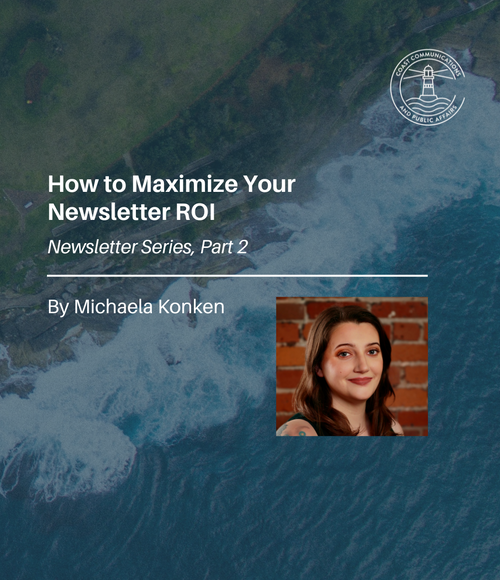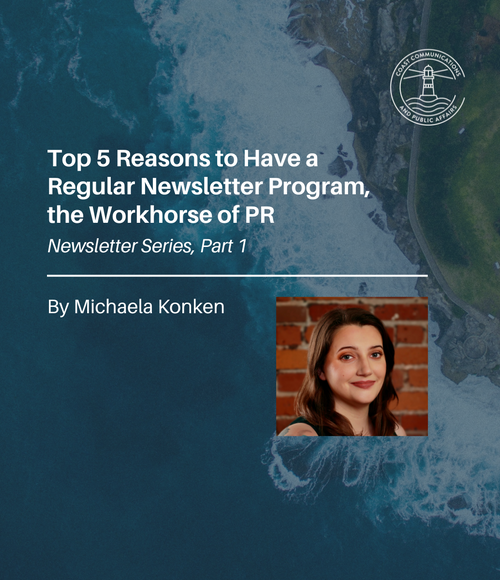You are the CEO and you’re waiting on hold for a live radio interview to start.
Your guts are rolling. After all, the radio host has a reputation for pulling no punches and the story you’re about to talk about is complicated for your organization or business. There’s a major issue breaking, and you haven’t had a chance to respond yet. The organization’s reputation is taking a hit in public discourse as a result, and you are the person tasked to set the record straight as best you can.
This whole scenario may be absolutely terrifying if you have no idea what you’re going to say to the media or how you’re going to say it. We’ve all seen people flame out on live TV or heard them struggling on radio to impart sense to their own, or their organizations, perceived nonsensical actions.
Those interviews are like slow motion car wrecks, horrifying but impossible to look away from.
No doubt you’ve heard some such interviews over the past year as organizations and businesses large and small grapple with operational and other impacts and questions related to COVID-19 and the winners and losers are painfully clear. Or, if you’ve been media trained by Coast Communications and Public Affairs, you’ve likely seen some of those videos in training.
The pandemic has presented enormous communication and reputational challenges in an increasingly complex media environment.
Unfortunately, mainstream media newsrooms continue to shrink as ad revenues slide. That means:
- Daily reporters are stretched thinner all the time. Reporters are asked to do more, including providing more content across multiple platforms with fewer resources at their disposal (the CTV “multiskilled journalists”), meaning less time to research.
- Fewer media organizations who can afford to employ a “beat” system where reporters are focused on a sector and learn over time about that subject so that they themselves become experts in it.
The result? Brief and simplified coverage – which means less chance to get it right. The result is that nuance can be lost to brevity and a lack of time and space to tell a complete story.
At the same time, there is a proliferation of new media online where the focus is not necessarily on objectivity but on pushing specific socio-cultural, economic or political agendas. The separation of editorial and news ended way before the end of the last century.
You’re a Hero or a Zero
Depending on who you talk to, you are a hero or a zero – with no nuance, and the audience has already made up its mind before you say a word anyway.
And then, of course, there’s the intentional undermining of trust in mainstream media by those who would have us believe that all news that does not fit a particular worldview is “fake.” Or those who believe that media is actively trying to undermine the utopian (or dystopian) Shangri-La they want to see perpetuated.
Regardless, you rarely enter the story on neutral ground with your audience.
Lights. Camera. Action.
Add your problem du jour back into that mix and it’s no wonder your guts might roll as you sit down and get ready to do that interview.
So how do you prepare?
The good news is there are best practices, and we can train you to use them. At the very least, stop and go through this list below:
- Before you agree to an interview, it’s imperative to do something to address the issue that caught the media’s attention. That sounds obvious, but often there is a desire to communicate out of an issue and then turn attentions to addressing it.
- As much as we comms professionals wish we were the silver bullet, good communication won’t fix a thing unless you’ve actually done something concrete and tangible. Simply acknowledging an issue or that a problem exists is fine in the first stages of an emergency, crisis or an issue, but the natural media follow-up question is always going to be, “What are you doing about it?”
- Really figure out your messaging in advance. Ask yourself how to answer the most basic of questions, the kind of questions you may be asking yourself on a near daily basis as you watch the COVID-19 pandemic:
- Are we safe?
- Can we trust you?
- What are you doing to fix the situation?
- Identify your audience:
- Who do you want to speak to? In the vast majority of instances, the reporter is not the audience but is a conduit to the stakeholder group(s) that are.
- Perhaps you want to ensure your employees feel supported first and foremost, or you’re hoping to reassure investors or customers that your product or service, despite the existing circumstance, is still worth paying for.
- Perhaps you want to ensure the general public still has basic confidence in your business or organization in the wake of troubling revelations about an employee’s behaviour.
- Take another look at your messaging.
- Is it full of poly-syllabic jargon? Your engineers may think it’s more accurate, but is it helpful?
- Does it sound like the fine print in a legal contract or the technical manual for a Martian rover? In other words, is it inaccessible?
- Whenever possible, boil of all of that verbiage down to the basics so that a Grade 10 student would understand it without having to ask, “What do you mean?”
When you’re speaking about issues, interviews are tough but critical. Trust is built on transparency and when you have your actions defined and your messages nailed down, your nerves will settle.
Your guts may still roll a little, but you won’t be rolling the dice.
Matt Ramsey, Associate
Matt is a senior issues manager with over 20-years of experience in the media. Matt partners with Coast Communications to deliver media training, messaging review, issues and crisis communications support.



